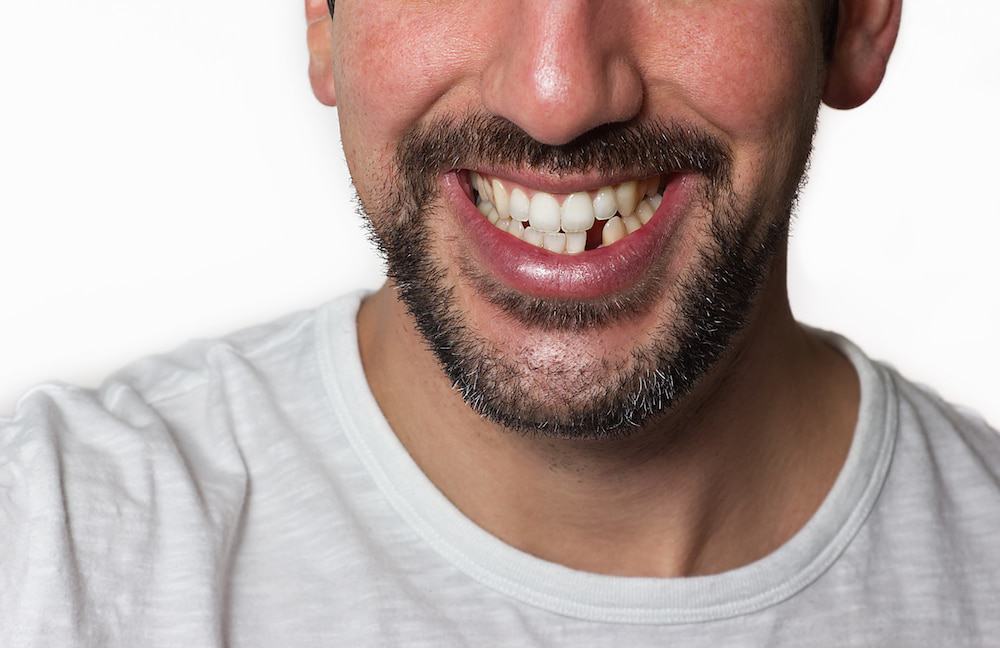Despite best efforts, sometimes it is absolutely necessary to remove a tooth or part of a tooth in order to safeguard the health of the rest of your mouth. This is the last option we will turn to but it can often be a beneficial form of treatment for teeth that are too damaged to survive. If severely decayed teeth are left in the gum for too long the decay and disease can spread causing damage to the supporting gum and bone structure and damaging surrounding teeth.
The most important part of removing a tooth or part of a tooth is ensuring the procedure is carried out effectively. That means performing the extraction with as little pain as possible, removing all affected areas and providing options for follow up treatments in order to restore full functionality to the mouth.

At Care Dental Camberwell we practice a holistic form of dentistry. That means assessing all the factors behind the cause of the damage and creating a tailored treatment plan to ensure you get the possible outcome. The key to our success is in our original consultancy session. During this session we will discuss the procedure in depth with you and take into account any fears or concerns you may have to ensure our procedure is designed to allay these fears and concerns.
The consultancy session will also be used to discuss possible treatments options for tooth replacement. A successful tooth extraction procedure will not just be about removing a tooth; it will be about providing a series of options so that you can enjoy all the functionality you had before you had your tooth removed.
Here is an example of a tooth extraction procedure:
As mentioned above, leaving decayed or damaged teeth in your gums can lead to serious problems in the surrounding gum and bone structure as well as damage to surrounding teeth. Other reasons for tooth extraction include: